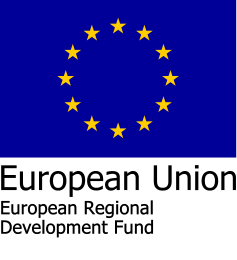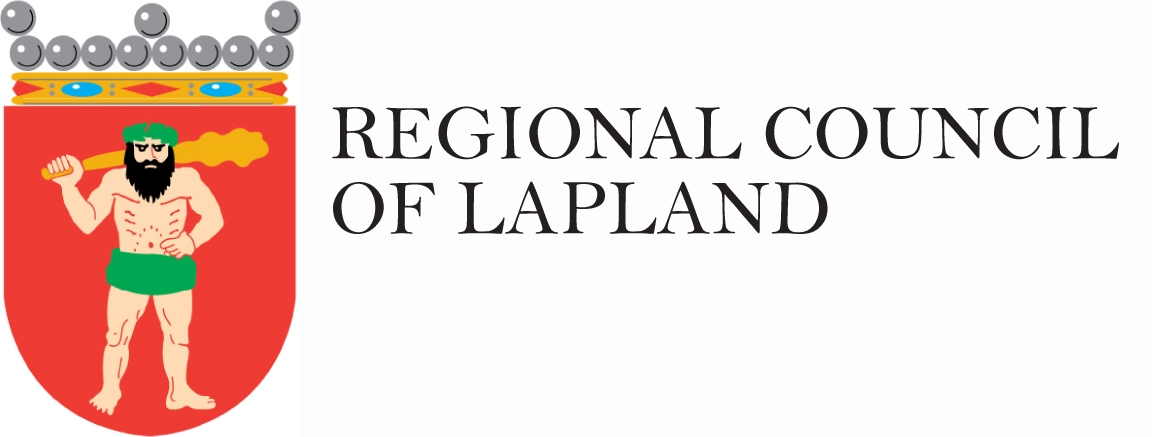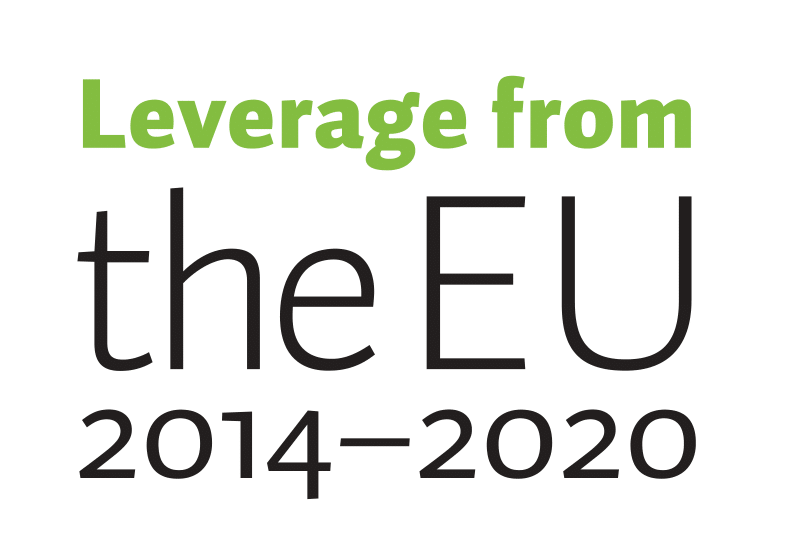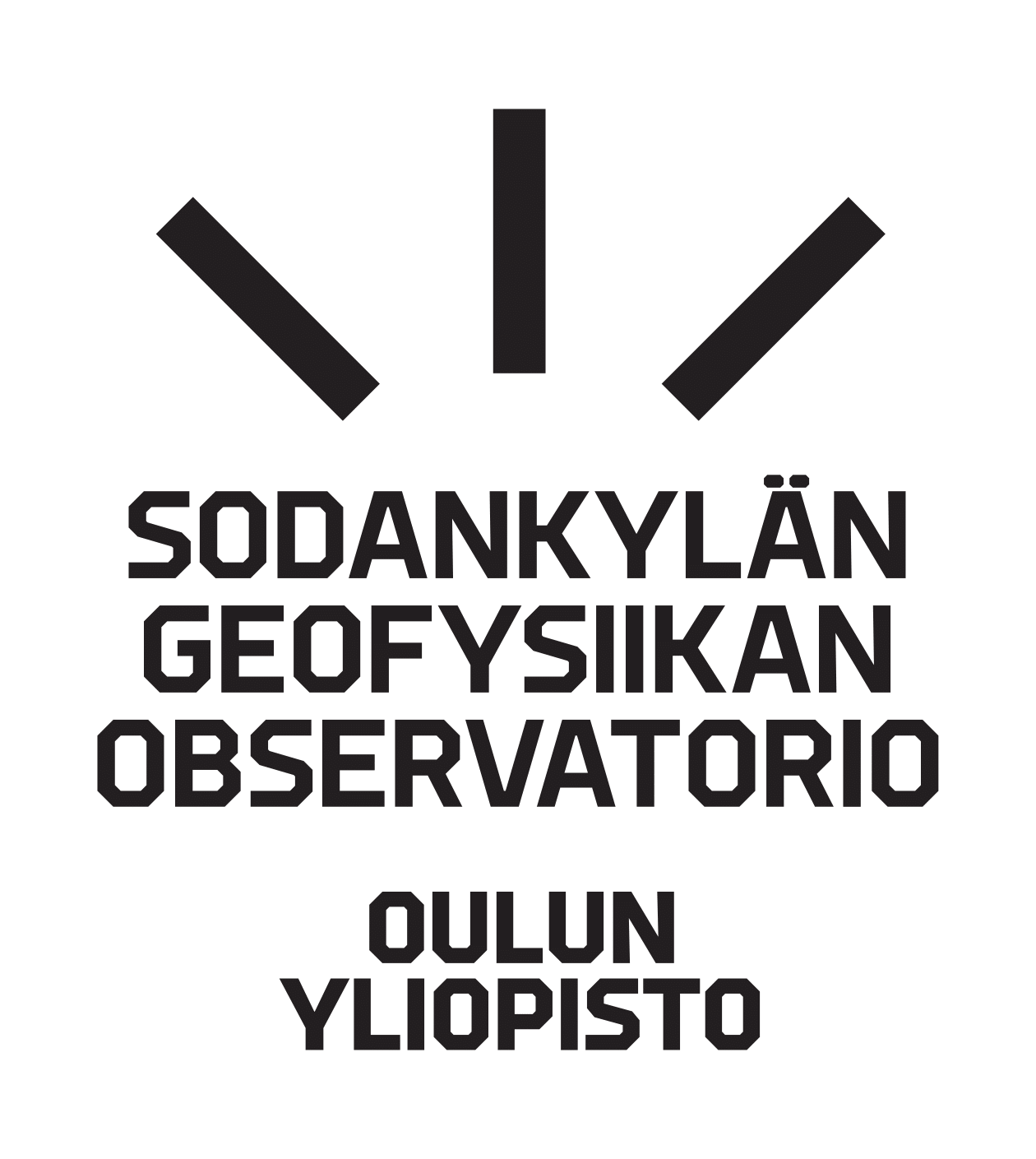Sodankylä Geophysical Observatory |
Overview of the SST
Space surveillance and tracking is the means to monitor and understand space hazards like collisions, fragmentation, and re-entry of space objects.
It is estimated that there are about 30000 objects larger than 10 cm, 750000 objects larger than 1 cm and 150 million objects larger than 1 mm. Only about 16000 objects are currently recorded.
With SST, we can maintain up-to-date catalogs of space objects and the orbits they occupy. Satellites can maneuver so that collisions with catalogued objects can be avoided.
The rationale behind SST is connected to well-being, safety and economy:
- Critical infrastructures have space segments. Protecting the infrastructures against disruptions increases both the economic continuity and the societal safety.
- New space economy grows faster, when orbital collisions do not cause losses of equipment or functionality
- Sustainable space: Our common asset, space, remains accessible if we can keep the orbits free. Collisions tend to cause more occupied orbits. Removing inactive satellites from orbit in a controlled and monitored way is a preferable way to avoid increase of occupied orbits.
- Public safety: Uncontrolled re-entries can cause various levels of hazard, depending on the re-entry point and the size of the object. Uncontrolled re-entries need tracking so that the place and the size of impact can be predicted.
SGO is excellently placed geographically, scientifically and technologically to host SST radar;
- The majority of low-Earth orbit (LEO) objects are on orbits with high inclination. The best place to monitor these orbits is at high latitudes
- Orbits of small-scale space debris are sensitive to space weather. SGO has over 100 years experience in measuring space weather effects
- SGO has been an active player in satellite RF-measurements since the early days of the space race. We host the largest radio telescope in Finland, KAIRA. We are participating in EISCAT_3D, the next-generation multistatic large-scale phased array radar for studying the ionosphere
- We have experience of experimental space debris observations.







